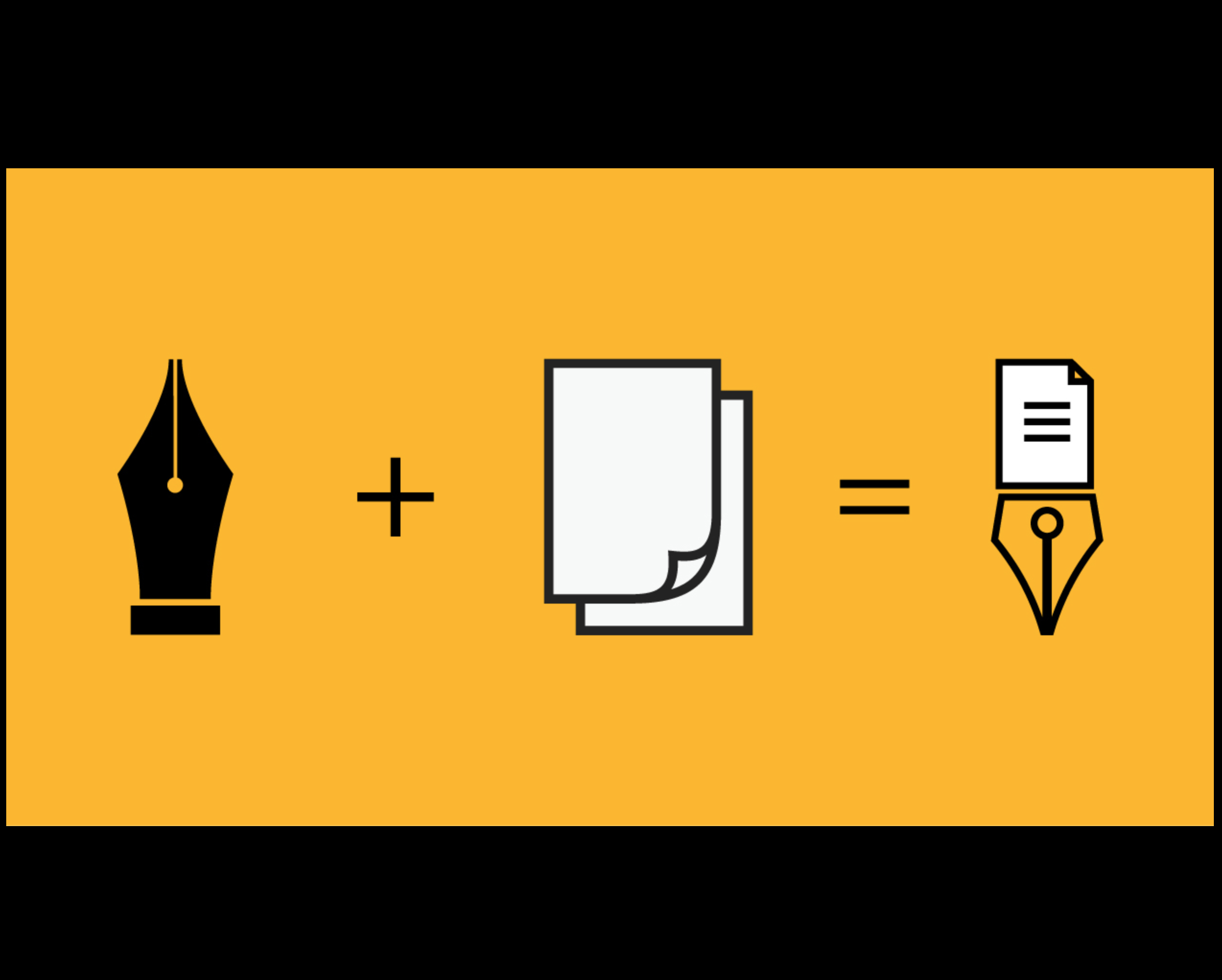Good Copy: What Is It and Why Should You Bother?
Copy is the text used for marketing purposes. It’s the product description in a product listing, the caption under a brand’s Insta post, and all the words spoken in the sponsors section of a podcast.
Good copy is pretty easy to recognise, but not so easy to do. Put simply, good copy makes readers and listeners react the way it wants them to. This includes actions like clicking on a provided link, but also more complex things like feeling happy. Angry. Or caring about an issue they knew nothing about just an hour ago. So how can you write copy that does what you want it to do?
For starters, good copy comes from good research. You want to sell a stew pot. To sell that stew pot you need to ask yourself questions. Who are you selling it to? What do those people want from a stew pot? And how do you build on those things to make your copy stand out to them? Let’s say you’re selling to a home cook; George. George is 35 years old, likes to cook for his kids on the weekends, and is tired of using his old shoddy stew pot with the burn marks on its base. From that, you know he wants a durable stew pot. But there’s another want there.
And on that note, good copy connects. You want to sell a stew pot. Stew pot connects to stew and cooking which in turn have connections to things like warmth and family. George wants a stew pot so he can cook things in it for his family, so that connection is already there for him, and it’s a connection you can use to make sure your copy stands out to him. You can focus on how your stew pot revolutionises stewing technology, just as Nike can choose to focus on the elasticity of their sneaker’s soles. That information certainly has its place in copy (George, if you remember, wants a durable pot) but you need to pick your moments. And in those moments, augment that information with connections. Because at the end of the day, the specifications of a stew pot aren’t what’s gonna make your copy stick in a customer’s mind. What is, is feeling.
Now, George is a busy man. He doesn’t want to spend time reading or listening to long ads. That’s why good copy is not clunky. You have the desire to offer for sale a pot that’s designed for cooking stew. Or, you want to sell a stew pot. One of these sentences is more George-friendly because it’s not weighed down by clunk. The rule of thumb for un-clunky copy is that what can be cut, should be cut. Here are some more specific tips:
1. Use the word and not its definition. “Pot that’s designed for cooking stew” can just be “stew pot.”
2. Avoid wordy phrases. “Have the desire” can easily be simplified into “want.”
3. No verb phrases. Find the verb buried in a phrase and cut around it, so “offer for sale” becomes “sell.”
But why should you bother with good copy? Well, you want to sell your stew pots, don’t you? If it isn’t good, it doesn’t stick, and if it doesn’t stick, it doesn’t sell. But don’t worry. Keep our tips in mind and you’ll be copywriting like a pro in no time. Or if you have no time, get in touch with us today and we’ll do the heavy lifting for you.








